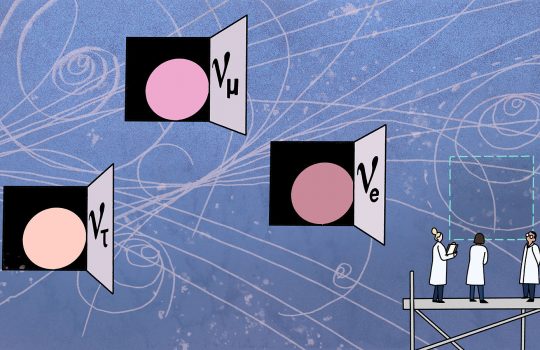Neutrinos: The “ghostly chameleons” of particle physics become even more mysterious
From The Big Think, June 28, 2022: Fermilab’s Don Lincoln explores the possible existence of a fourth neutrino known as “sterile neutrinos.” With the LSND, Mini BooNE and MicroBooNE experiments displaying anomalies from the Standard Model of physics, could this fourth neutrino really exist?

